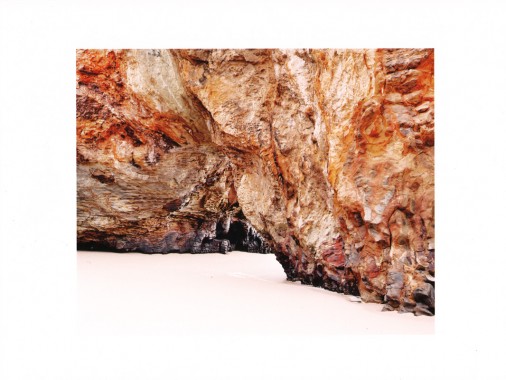
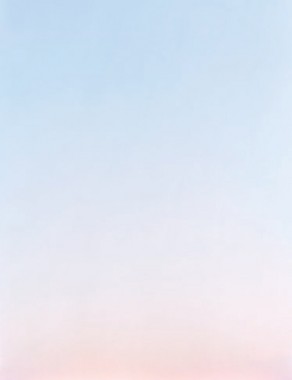
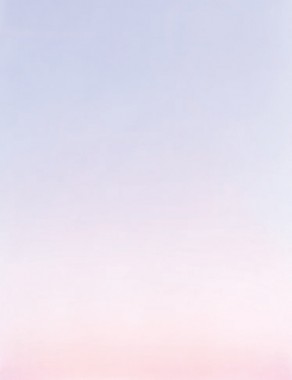
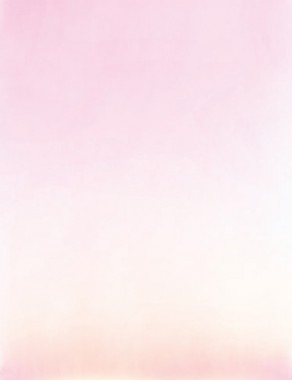
Ann Woo, Sunsets & Other Colour Photographs
Softcover, 6 pp. tri-fold, offset 4/4, 300 x 230 mm [900 × 230 mm unfolded]
Edition of 500
ISBN 978-0-9813947-1-8
Published by Schnauzer
$10.00 ·
Ann Woo is a photographer based in Hong Kong. S
unsets & Other Colour Photographs features a small collection of the artists work with a focus on her
Sunsets series. For this project, Ann created various colour fields out of a single negative; which was originally an image of the sun setting that developed as a pure tonal gradient. The front and back covers represent the possible environments that could surround these surreal sunsets and also show the viewer the diversity of Ann’s practice.
My photographic practice is grounded in an obsession to capture “reality.” I use standard documentary methods to photograph and analog methods to print, all the while working to eliminate judgment, imposed ideas, and preconceived meanings. Clearly, that is all rather naïve — can photographs ever present “truth?” Or can they only represent what is “remembered” as “truth?”
— Ann Woo
Ann Woo, Art, Cian Browne, Distribution, Photography, Schnauzer, Seth Fluker
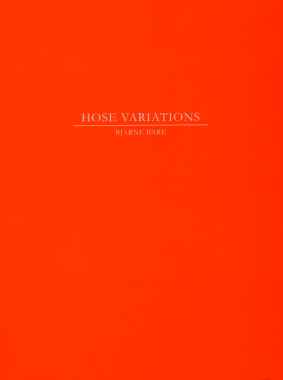
Bjarne Bare, Hose Variations
Softcover, 40 pp., offset 4/4, 190 x 260 mm
Edition of 500
ISBN 978-82-998640-0-8
Published by Cornerkiosk Press
$26.00 ·
Hose Variations is the first book by Bjarne Bare. This monograph, as the title suggests, consists of studies of hose variations. It is a study of time in between human interaction, where the dead moment, rather than the decisive, is in focus. The surroundings and placement of each hose reveal their owners character and is a light anthropological study of man, as well as a take on the traditional documentary genre of photography. It consists of Bares recent work from Berlin, Buenos Aires, Lodz, Los Angeles, and Oslo.
Anthropology, Art, Bjarne Bare, Cornerkiosk Press, Culture, Distribution, Los Angeles, Photography
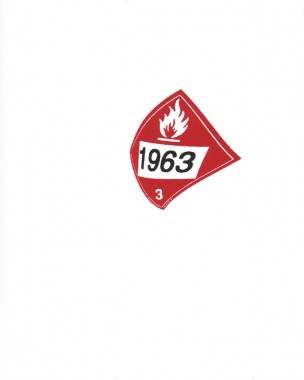
Sowon Kwon, dongghab
Softcover, 48 pp., offset 4/2, 5.5 x 7 inches
Edition of 500
ISBN 978-0-9829524-0-5
Published by Vermont College of Fine Arts
$15.00 ·
dongghab traces an online search in which the point of departure is the discovery that the publication of Edward Ruscha’s
Twentysix Gasoline Stations and the suicide of Sylvia Plath by oven gas both occurred in 1963, the year of Kwon’s birth. Cued by Ruscha’s seminal work, Kwon unveils an uncanny cosmology of events constellated by the convergence of “1963” with “gasoline” such as the assassination of Medgar Evers (after having lead a successful boycott of white-owned gasoline stations in Jackson, Mississippi) and the self-immolation of Thich Quang Duc in Saigon (in protest of the oppression of Buddhists by the Catholic administration of then president Ngo Dinh Diem), among others. The Korean word
dongghab describes a social relationship between people born in the same year, so that the idea of a (self) portrait as socially contingent and historically determined as much as individuated, informs the book.
New York-based artist Sowon Kwon works in a range of media including sculptural and video installations, digital animation, drawing, and printmaking. Her recent work explores portraiture, perception, and historical memory as our bodies are increasingly submitted to and made accessible through technology. She has had solo exhibitions at The Kitchen in New York City, Matrix Gallery/Berkeley Art Museum, and the Whitney Museum of American Art at Philip Morris (now Altria).
Aisha Burnes, Art, Berkeley Art Museum, Distribution, Ed Ruscha, Medgar Evers, Ngo Dinh Diem, Sowon Kwon, The Kitchen, Thich Quang Duc, Ulrike Müller, Vermont College of Fine Arts, Whitney Museum
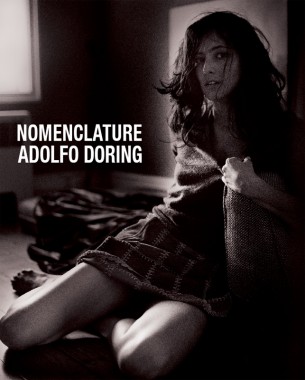
Adolfo Doring, Nomenclature
Softcover, 64 pp., offset 4/4, 8 x 10 inches
Edition of 500
ISBN 978-1-4507-5604-4
Published by DM Art Books
$22.00 ·
Adolfo Doring’s
Nomenclature is deceptively layered with meaning and contexts absorbent from his work in film. Sublime and poetic, Nomenclature is pictorial prose, a visual soliloquy, an imagistic dialogue of the human figure in a kind of call and response with a plethora of variegated environments including urban space as well as the natural world. Doring’s still photography is analogous to a single frame of a film; where he decides to point his camera, whether indoors or outdoors, is akin to a film’s locale; and the placement of images mapped within
Nomenclature is as much a directorial decision as it is of editing.
— Raul Zamudio
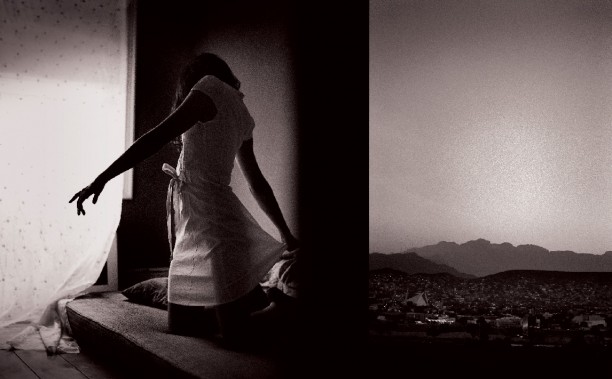
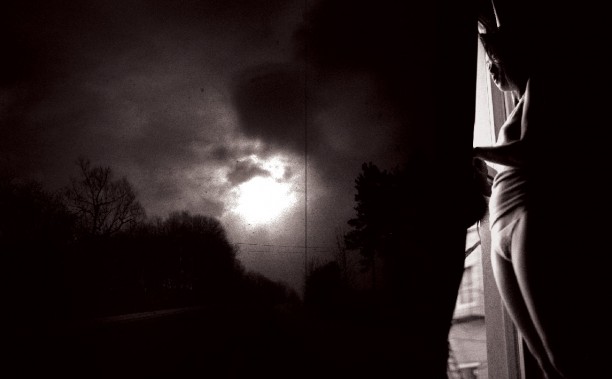
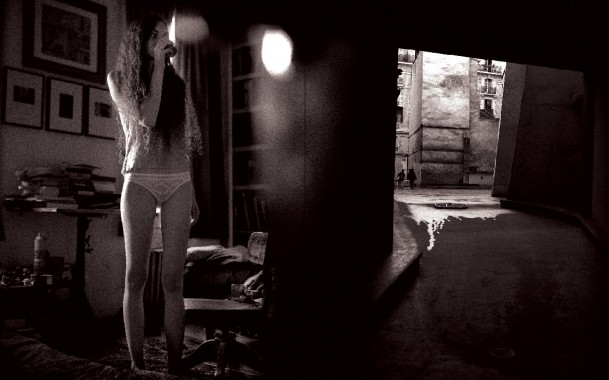
Adolfo Doring, Distribution, DM Art Books, Eugène Atget, Fashion, Film, Harold Pinter, Henri Cartier-Bresson, Michael Snow, Photography, Raul Zamudio, Robert Frank, William Henry Fox Talbot
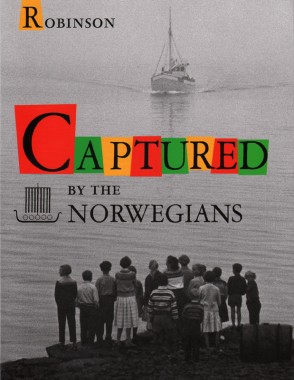
Robert A. Robinson, Captured by the Norwegians
Hardcover, 168 pp., offset 3/1, 8.5 x 11 inches
Edition of 1500 in English
ISBN 978-82-998127-5-7
Published by Aki Books / Flamme Forlag
$50.00 ·
The 1953 edition of
Captured by the Norwegians by Robert A. Robinson, has been re-published by Norwegian publishers Aki Books & Flamme Forlag. As well as reproducing the previous edition, this new book also includes new texts by David Campany, Frode Grytten and a personal interview with Robinsons long time friend Dan Young. This edition has also been published in Norwegian, under the title
Tatt av Norge.
Captured by the Norwegians was conceived in 1953. The publisher decided that no restriction of any sort should be placed upon the author. He therefore looked at Norway freely through impartial eyes, and the result is a volume of pictures by one who came as a stranger and stayed as a friend.
“Robinson’s photographs are also reminiscent of those included in the ‘Family of Man’ and it is tempting to see Captured by the Norwegians as a local expression of the same sentiments but the comparison is complex. Steichen aimed to subsume national identity in a new globalized oneness that skirted politics and ideology in favour of a utopian common round of experience. Many accused it of sentimentalism, political naivety and a deep Americanism that was actually far from international. By comparison Robinson’s book is a humble vision that makes so few claims for itself. I find it an honest, unpretentious and endearing account of one person’s experience and expression. But maybe it has taken that half a century to re-realise this.”
— David Campany
Aki Books, Culture, Dan Young, David Campany, Distribution, Flamme Forlag, Norway, Photography, Robert A. Robinson
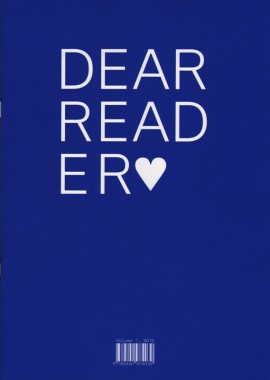
Dear Reader, Vol. 1
Softcover, 36 pp., offset 2/2 + spot varnish, 210 x 297 mm
Edition of 500
ISSN 2211-1085
ISBN 978-94-90974-03-9
Published by Carvalho Bernau
$13.00 · out of stock
A collection of obsessions, oblique references and footnotes of design processes — though not necessarily texts about design. The layout is appropriately diverse and eclectic for the bandwidth of texts, layering different formats and texts, as a tongue-in-cheek reference to the design shtick of publications with different paper formats. Here we present three iconic formats in emphasized-as-fake three-dimensionality, on four different papers and more inks than you would think.
Dear Reader was created partly from a primordial graphic designers’ urge to publish something and to share texts that are dear to us, partly in celebration of Atelier Carvalho Bernau’s approximate fifth anniversary, and partly as a vessel to showcase our type design work in a manner that circumvents the conventions and the visual clichés of the type specimen.
Adolf Loos, AG Fronzoni, Barbara Wright, Carvalho Bernau, Design, Distribution, El Lissitzky, Frederico Duarte, John Cage, Kai Bernau, Morton Feldman, Raymond Queneau, René Hague, Susana Carvalho, Typography
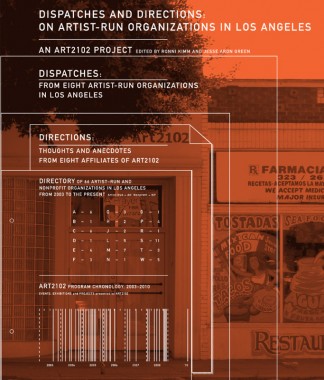
Dispatches and Directions: On Artist-Run Organizations in Los Angeles
Edited by Ronni Kimm and Jesse Aron Green
Softcover, 160 pp., offset 2/2, 9 x 9 inches [24 x 36 inches unfolded]
4 part book + poster
Edition of 500
ISBN 978-0-615-39970-6
Published by ART2102
$20.00 · out of stock
Over the past several years ART2102 has acted as a platform for artists and curators in Los Angeles to realize their projects and exhibitions. From its space in Boyle Heights, ART2102 hosted a vibrant program known for its open cultural discourse and flexibility of ideas, and for engaging both local and international artists at various stages in their careers. Gradually, ART2102 moved away from this physical site as its programming and initiatives engaged with the large network of other artists-run spaces across Los Angeles and Southern California.
Dispatches and Directions, the final publication and project of ART2102, does not simply document this history, but also emulates the organization’s role as a platform and a network by spotlighting a number of the artists-run collaborations that are currently active in Los Angeles, and that will continue to thrive as ART2102 recedes. The publication not only provides a space in which these organizations can describe their work, but will also look at the legacy of ART2102 in light of the diverse range of programming emulated by these groups.
The publication, edited by Ronni Kimm and Jesse Aron Green, features contributions from various artist-run projects, including, Artist Curated Project, ESL, Genesis Project, Los Angeles, MATERIAL, Monte Vista, Slab, Telic Arts Exchange, Wildness. Also included are thoughts and anecdotes from Kate Fowle, Rika Hiro, Songmi Huff, Thomas Lawson, Paul McCarthy, Yoshua Okon, Renaud Proch and Erlea Maneros Zabala; an essay by Sarah Lehrer-Graiwer; a directory of over 60 artist-run and non profit organizations; and a specially commissioned “Star Chart” to help navigate the scene, by artist Jim Skuldt. The publication was designed in collaboration with Willem Henri Lucas.
Art, ART2102, Artist Curated Project, Distribution, Erlea Maneros Zabala, ESL, Genesis Project, Jesse Aron Green, Jim Skuldt, Kate Fowle, Los Angeles, MATERIAL, Monte Vista, Paul McCarthy, Renaud Proch, Rika Hiro, Ronni Kimm, Sarah Lehrer-Graiwer, Slab, Songmi Huff, Telic Arts Exchange, Thomas Lawson, Wildness, Willem Henri Lucas, Yoshua Okon
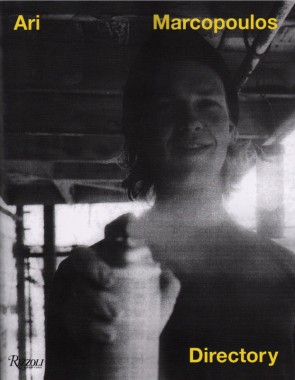
Ari Marcopoulos, Directory
Softcover, 1200 pp. + signed print, offset 1/1, 215 x 275 x 70 mm
First edition
ISBN 978-0-8478-3532-4
Published by Nieves
out of print
Ari Marcopoulos’s unique style of raw immediacy has made him one of the most important contemporary photographers. For thirty years, photographer Ari Marcopoulos has been pioneering contemporary photography by documenting subcultures such as skateboarders and graffiti artists, as well as landscapes and his own family and friends. Since his days printing photographs for Andy Warhol, he has amassed a huge body of work marked by its arresting and unsentimental intimacy that has been influential to the worlds of art, fashion, and photography. Bound to mimic a phone book, Ari Marcopoulos, Directory presents a collection of approximately 1,200 photographs, with curator and critic Neville Wakefield providing insightful commentary on some of Marcopoulos’s singular images. Copublished with Rizzoli, each book in this limited-edition series includes a print signed by the artist.
Ari Marco, Culture, Dung Ngo, Graffiti, Julie Schumacher, Neville Wakefield, Nieves, Photography, Rizzoli
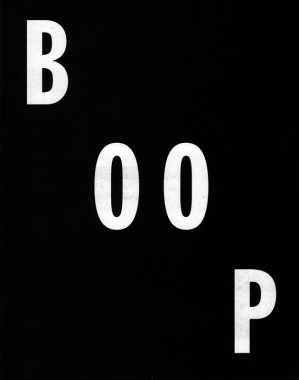
Ray Johnson and Bill Wilson, A Book About A Book About Death
Softcover, 58 pp., offset 1/1, 160 x 200 mm
Edition of 500
ISBN 978-94-90629-01-4
Published by Kunstverein
$15.00 · out of stock
Ray Johnson wrote poetic texts and letters and integrated language and a unique system of cryptic signs into his work. Considered by many the ‘father of Mail Art’, as early as 1953 Johnson began sending highly conceptual images/texts to friends, often encouraging the recipient to ‘add to’ the work, or ‘please send to’ someone else, or ‘return to Ray Johnson’. Forming the ‘New York Correspondence School’ in 1962, Johnson established an enormous network of participants throughout the world — one that remains active even after his death. Between 1963 and 1965, Ray Johnson printed thirteen pages of his book about death with the Pernet Printing Company, 120 Lexington Avenue at 28th Street. His title, which designated the thirteen unbound pages as a book, is A Book about Death, yet also A Boop about Death and A Boom about Death.
In “A Book About A Book About Death” close friend and author Bill Wilson elaborates on each of the pages of “A Book about Death”.
Art, Bill Wilson, Culture, Distribution, Germaine Kruip, Jaan Evart, Krist Gruijthuijsen, Kunstverein, Marc Hollenstein, Maxine Kopsa, Ray Johnson, Stephen Serrato, The Mondrian Foundation
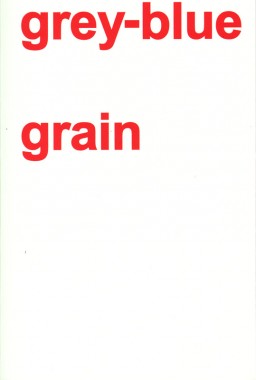
Adam Pendleton, grey-blue grain
Softcover, 80 pp., offset 1/1, 120 x 180 mm
Edition of 250
ISBN 978-94-90629-06-9
Published by Kunstverein
$18.00 · out of stock
Adam Pendleton composes formal templates in which he slots information, shifting language, forms and images into an arena of artistic inquiry. Practicing extreme freedom of reference and quotation, as well as a rejection of conventional hierarchies among sources, Pendleton establishes new referential devices and displays in which he exploits the easy-psychology of biographical readings, rendering language and image both concrete and contingent. grey-blue grain comprises of a series of writings used and appropriated in previous works and performances.
Adam Pendleton, Amiri Baracka, Art, Distribution, Edward Sapir, Hugo Ball, Jaan Evart, Jean-Luc Goddard, Jena Osman, Joan Retallack, Kunstverein, Leroi Jones, Leslie Scalapino, Marc Hollenstein, Ron Silliman, Tan Lin, The Mondrian Foundation
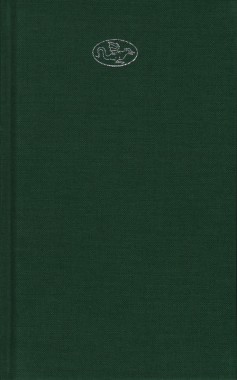
Garamond Press, False Friends
Hardcover, 48 pp., offset 1/1, 115 x 185 mm
English, French, and Dutch
Edition of 500
ISBN 0 978-94-90629-02-1
Published by Kunstverein
$18.00 ·
Antonio Pigafetta’s questionable travelogue from 1591, titled Regnum Congo, was based upon stories from Duarte Lopez, a Portuguese explorer who supposedly visited the Congo. The travelogue introduces an odd vision of European landscape in which fantastic creatures are presented. South-African artist Ruth Sacks re-contextualizes these historical interpretations by re-appropriating them into contemporary conditions, juxtaposing the varied characteristics. Hence the logo of her fictional publishing house, Garamond Press: a fantastic animal based upon a description of one of the possible animals from Regnum Congo. The narrative of the book False Friends derives from the storyline of Edgar Allen Poe’s Murders at the Rue Morgue from 1841, generally agreed to be the first detective story ever written. This contemporary version is set in Antwerp, Belgium, and is split into three languages: Dutch (Flemish), French and English. To follow the story’s plot, one has to be fluent in all three languages.
Anne Millar, Antonio Pigafetta, Art, Design, Distribution, Duarte Lopez, Edgar Allen Poe, Fiction, Garamond Press, Jaan Evart, Kunstverein, Marc Hollenstein, Ruth Sacks, Stephen Serrato
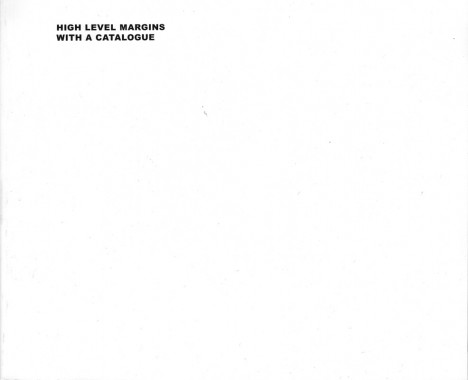
Nedko Solakov, High Level Margins With A Catalogue
Softcover, 112 pp., offset 1/1, 200 x 165 mm
Edition of 100
ISBN 978-94-90629-04-5
Published by Kunstverein
$28.00 ·
This publications has been produced as part of the exhibition “High Level Margins With A Catalogue” by Nedko Solakov (18 September — 21 November 2010) and serves as a reading device for the stories as a reading device for the stories displayed on and around the margins of Kunstverein’s 3.5 m high ceiling.
Art, Distribution, Jaan Evart, Kunstverein, Nedko Solakov, The Mondrian Foundation
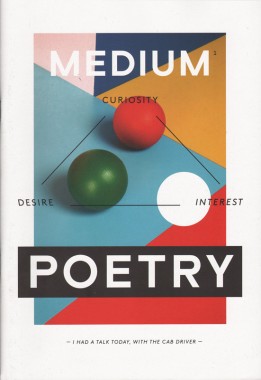
Medium 1, Poetry
Softcover, 64 pp., offset 4/4, 165 x 240 mm
Edition of 500
Published by Nieves
$14.00 · out of stock
Today there was a guy leaning the wrong way in the tube. It was not immediately noticeable. There was no one else sitting nearby. No other passengers to compare him to. But then I did notice that every time the carriage came to a stop, he leaned away from the direction we were moving. Very slightly. Think about it. You’re supposed to lean forward. In the direction you were moving toward. Toward the point which the weight of your body was expecting to reach. Now this guy, he leans the other way. Just slightly. As a friend of mine would put it, he has a great sense of irony. Definitely. That’s important in life. They say that Rothko, he killed himself because he met the people who bought his art. No sense of irony. Me neither I don’t have any sense of irony. I like to take things at face value. Your wife she once told me that what led to the demise of the Black Panthers, aside from the absence of trust, and a murderous governmental incarceration campaign, it was their complete lack of a sense of humor. It was only much later that I realized she meant a murderous governmental incarceration campaign is actually a lot worse than not having a sense of humor. But these ironies are lost on me. Your sister and your wife they both say so. When I tell them things I find funny, they rarely laugh. I’m not even going to mention this guy in the tube to them. I recently told them about my bathroom sink in this hotel room. Real bad design. Flat. Which meant the liquid always accumulated in the corners. Instead of flowing down the drain. You had to use your fingertips to fish out the shaved hair stubble from the corners of the sink. Or it would just lie there. Waiting. You know what’s even funnier: you had to try and propel what you spat out when you brushed your teeth towards the center of the sink. Or you’d have mounds of mucus and toothpaste. Just drying in small heaps, here and there. Hilarious. And speaking of heaps of mucus. Another thing I’ll keep to myself – this was the funniest thing in years: I saw an old couple smooching in the street the other day. How often do you see that. Teenagers, yes. Or oldies arm in arm. But here you had oldies with their tongues down each other’s throats. Right there in the pedestrian zone. Eighty years old maybe more. Couldn’t believe it. I just stood there laughing. These oldies have no sense of humor either. They pretended not to hear me. But I could tell they heard me perfectly well. So now the carriage starts moving again, and I stand up, knowing I’ll exit at the next station. You see there are things I’m less sure about. Are they funny or just poetic. Lately my eyeballs scrunch as I close my eyes. A crunching sound. Brief, almost imperceptible. The sound is a bit like high-tech mechanics when they start aging. Wearing out. A whispering scrunching sound. Funny, or lyrical? Now as I exit the carriage, I notice there’s vapor in the air as I breathe, despite the high temperatures. It’s been like this all week. Again, very odd and almost funny. In a tiny, barely noticeable kind of way. Like the guy leaning the wrong way back there. As the doors slam shut, I turn around to look for him. I want to see which direction he’s leaning in as the train departs. Before I can assess his movements, he smiles and waves. I wave, but I fail to smile back. It’s just not funny anymore.
Art, Bastien Aubry, Culture, Distribution, Hassan Khan, Manuel Krebs, Nieves, Poetry, Samuel Nyholm, Shirana Shahbazi, Tirdad Zolghadr


















